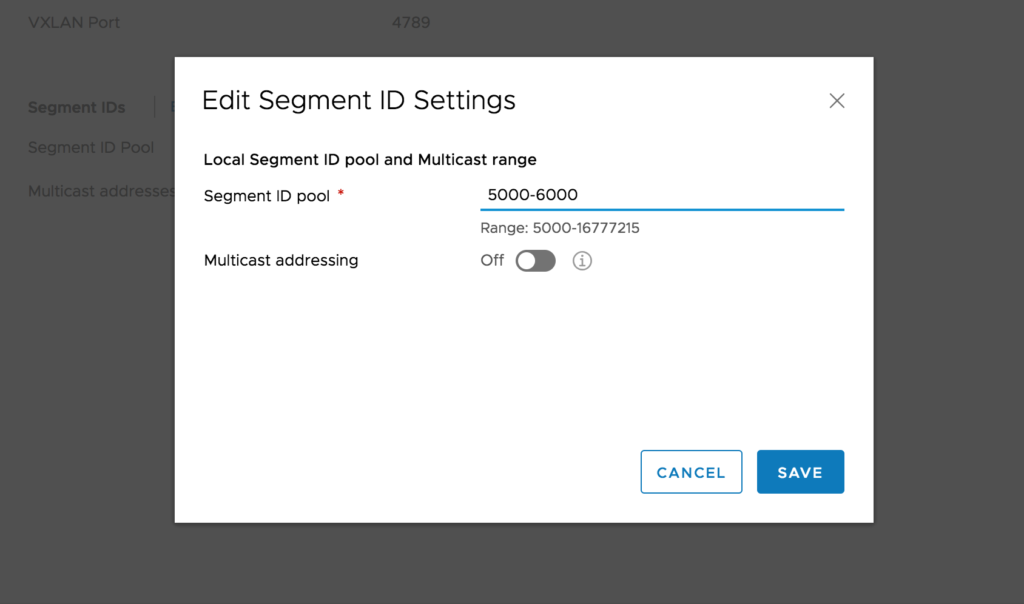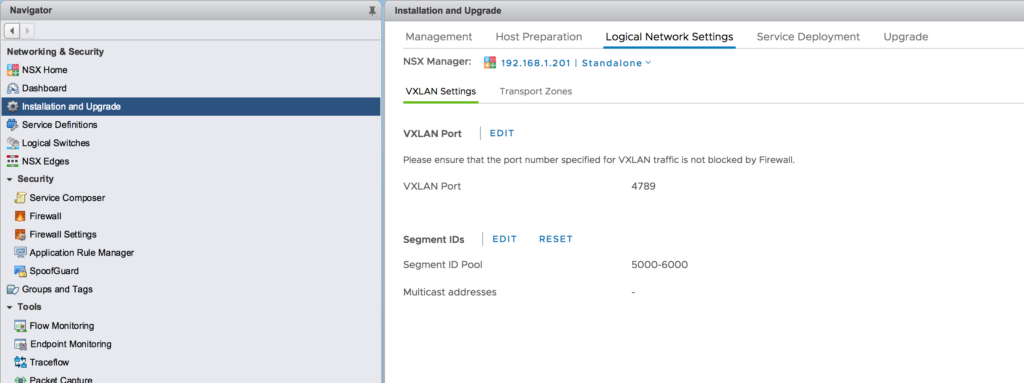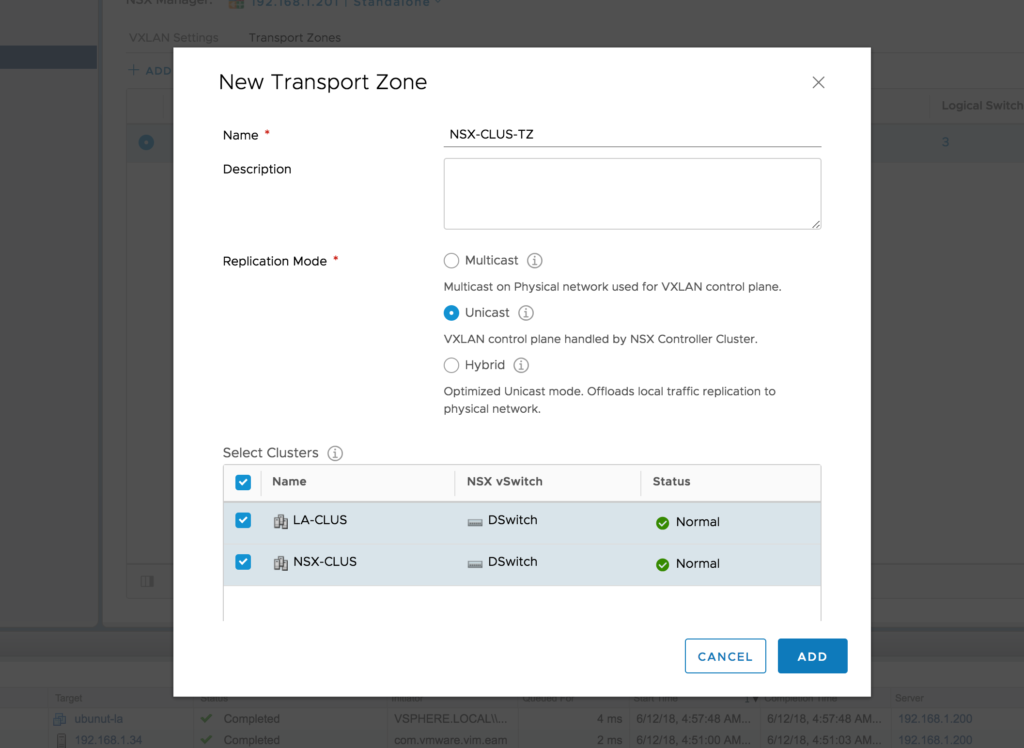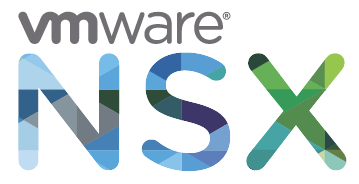In the Previous post, We have discussed configuring VXLAN on ESXi hosts. In this post, We will discuss creating Segment Id and transport Zones. You must create a pool of segment ID in an NSX Environment to isolate your network traffic.
Introduction to Segment ID
Segment ID in an NSX environment determines the maximum number of logical switches that can be created in your infrastructure. Segments ID’s will be used by logical segments for VXLAN Network Identifiers (VNI). A segment ID is like a VLAN ID but for a VXLAN. A VLAN ID can only range from 1 to 4094 but Segment ID can range between 1 to 16,777,215. VMware has decided to use Segment ID starting from 5000 to avoid confusion between VLAN ID & Segment ID.
Starting with the NSX 6.2, segment ID range planning is required in order to enable cross-VC connectivity. It is recommended to keep the segment ID unique for each NSX domain to leverage cross-VC capabilities in NSX 6.2 release; this will help avoid the requirement of the renumbering of segment IDs.


Transport Zone
A VMware NSX Transport Zone defines the boundary of which VMware NSX Logical switch (VXLAN’s) can be extended across. The ESXi hosts part of a Transport Zone communicate with each other over a VXLAN Tunnel Endpoint (VTEP) connection. In an NSX Environment, we can have one or more transport zone depending on our requirements. A single host cluster can belong to multiple transport zone and a Single Transport zone can span multiple vSphere Clusters. Basically, Transport Zone dictates which cluster and therefore which VM’s can participate in a particular network.



Demonstration
Conclusion
This video demonstrates the steps to create a New Transport Zone & Defining pool of Segment ID’s in an NSX environment. Hope this will be informative for you. Please share if you find worth sharing it. Thanks for Reading !!!
